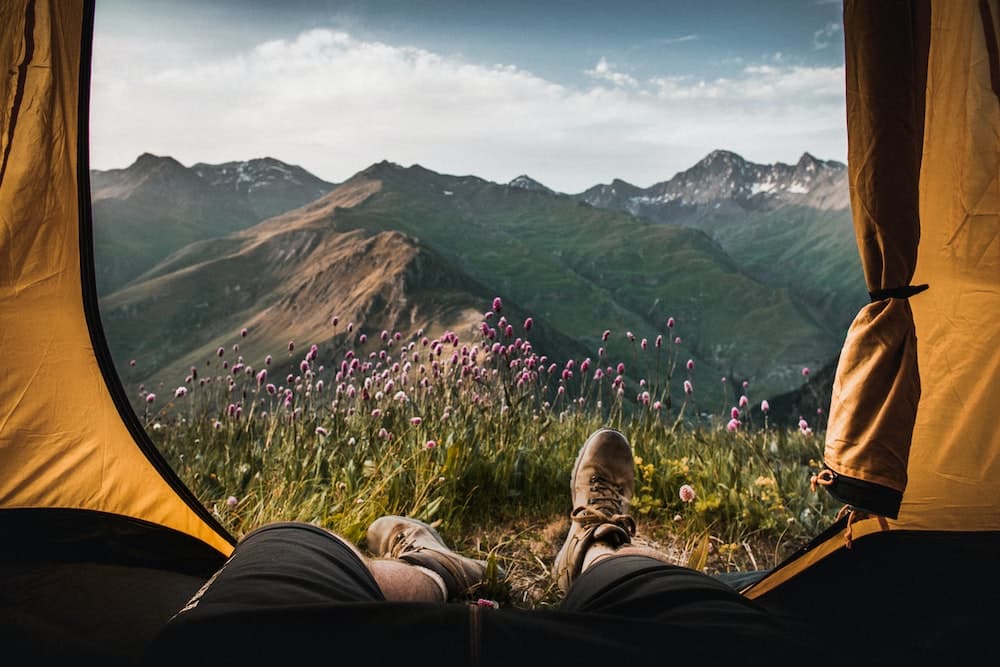Mountain top camping
Outdoor enthusiasts naturally begin to consider backpacking and mountain camping as ways to experience the great outdoors. Among the most enjoyable ways to see the magnificent peaks up close is through mountain top camping. If you’re looking for a more relaxing way to camp, check out our post on the best campgrounds in America.
Make a checklist
Beginners may find camping difficult, especially if they are unsure of the necessary equipment. Realizing you’ve forgotten something when camping is the worst thing that can happen. We strongly advise making a checklist to make sure you have all the necessary equipment with you. Mountain IQ has a really excellent camping checklist here.
Do your research and find a great place to spend the night
The purpose of camping is to have fun and unwind. However, if you are not well prepared for your destination, things could quickly go awry. Spend some time learning about the area you are visiting, the climate, the road conditions, and the amenities that are offered.
A general rule of thumb is to always set up your tent on the leeward side of the mountain, whether you are camping on the relatively flat Appalachian slopes or the tallest peaks of the Rockies. You are less susceptible to the whims of Mother Nature here because there is a great deal less wind and the temperature is typically a little calmer.
Take the time to scout the area to evaluate an ideal camping site. First, make sure the path is not a place where an avalanche can occur like below an area covered in heavy snow. Also, do not set camp directly under trees as the heavy weight of snow can make them snap.
Think carefully about wild camping
Wild camping can be daunting, especially for first-timers. Even so, it gives you a chance to spend the night outside of an official or authorised campsite. You will get to spend the night in undiscovered areas where you will be rewarded with tranquillity, stunning scenery and a sense of independence in the great outdoors.
Just note that wild camping comes with a host of restrictions, responsibility, and a whole new packing list. Make sure you are well aware of the restrictions put in place and allowed areas where you can take on some wild camping. Above all, remember to leave no trace!
Watch the weather
Mountain climbing can be especially tricky when it comes to predicting the weather conditions. Although your backyard can be 70 degrees, most mountains tend to have snow packs year round, and night temperatures can drop far below freezing.
The forecast in the valley can be drastically different than the forecast an hour away in the mountains. To be sure, we recommend calling the national park or state office to ask about the weather.
Bring snacks and load up on water
Drinking a lot of water to maintain proper hydration and make sure your electrolytes are balanced throughout your camping trip is the key to staying healthy in high altitude settings, especially if you enjoy hiking.
In this situation, drinking water and eating foods like bananas that are high in potassium are strongly advised. These two will aid in preventing headaches and the muscle cramps that plague the majority of campers in the mountains.

